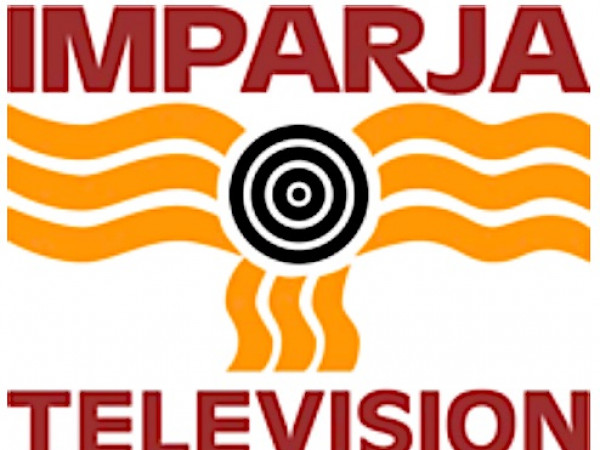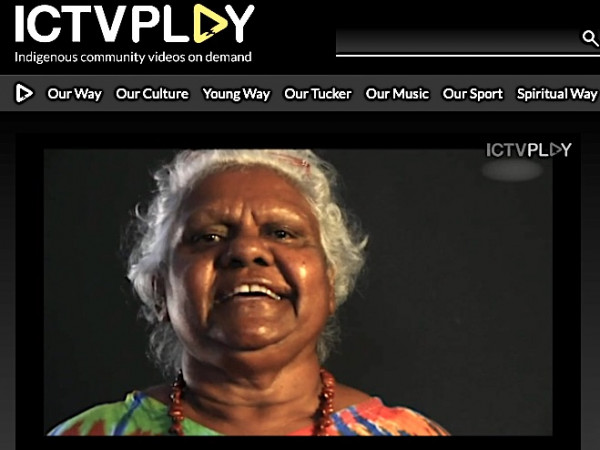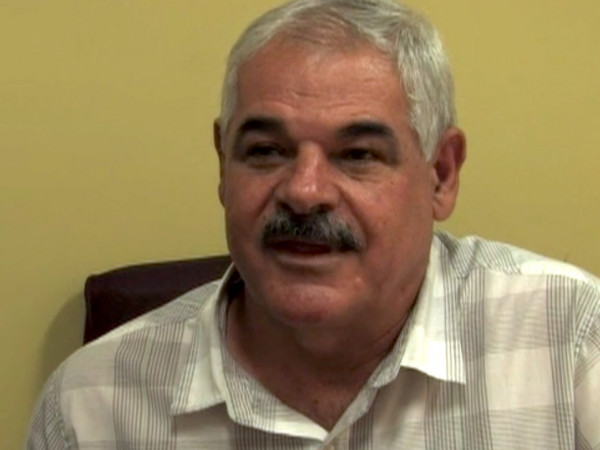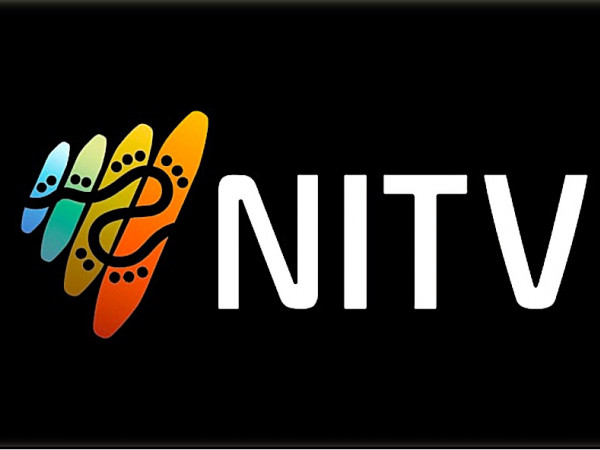Alistair Feehan
“We don’t make money, we don’t hold the licence”
We actually hold commercial broadcasting licence. So, we are fundamentally obligated to make money. So, we don't make money we … don't hold the licence. What that did was, you know I suppose that as we developed as a business, it's forced us to make some decisions in terms of how commercial we are - what the commercial…train is.
We've got to the point whereas I said ideally, there's a commercial reality to this which is the fact that we've got to drive up advertising dollars. And to do that we need to follow pretty much standard formats - our competitors in the marketplace are pure [channel] 7 and pure 10 product…
I just need to keep reminding the board every so often, is that ‘Look, if you don't go down this path and you fail as a business, you're another failed Indigenous business’ - and sometimes the board would like to see more and more, say look ‘… we're an Aboriginal television station’. And my answer to that is …where I say, ‘…no, we're a television station and we're owned by Aboriginal people. So, do you want to have a successful business that's owned by Aboriginal people, or do you want to have an Aboriginal television station, which really at the end of the day could go broke very quickly?’
…they just understand and, you know the environment's changed, the environment's changed dramatically in the last 10 to 15 years…. Having said that, I don't think anyone's lost sight of what Imparja was set up for. But I think that Imparja needs to exist in the market in which it exists, and to do that you've got to drive this commercial reality amongst everything we do. We just need to be mindful of how we run a business.
A couple of things that you need to also remember is that in the last ten years, twelve years, our footprint’s, you know - our original footprint was the NT & SA. So you know, that, to where we have now, which is into South Australia. So, we have most of Queensland, we're through most of the back blocks of New South Wales. We’re in Victoria. We do the western half of Tasmania. We're out to Norfolk and Lord Howe islands. So, it's really everywhere east of the Western Australian border now, in every state there is Imparja. So, if we go back to your first point, news, how do I collect local news? I mean you just don't, it's just impossible to do. So, what we're try to do is, is we trawl … the Net and we pick up news stories which we put into news updates, as opposed to trying to compile a news service that's relevant to the footprint. We used to have a news team here. But the problem was is that …we ended up with a situation where all the stories that we were produced locally were based on Alice Springs. Well, Alice Springs is now only 7 per cent of our population base within, within our licence area. Actually, it's under that. You know we've got a license area of about 45,0000, 28,000 people here. So it's …it's a different sort of a beast….
Look I think we're only at about 18, I don't know 19 percent Indigenous audience…
So I mean the NT was always high… that's a very strong proportion you know. And some of the western parts of Queensland up the Cape yeah, it’s quite strong. But you start looking further south and all of the sudden … it becomes a very western, western audience. You know it's one of the things we've had to deal with: there’s a lot of rednecks out there. And you know, we just need to find that balance…
We, we have some local content that we do insert - we produce Yamba still, which is the indigenous honey ant, which is a children's series which is now…in the last couple of years that's evolved dramatically and we've got that to a P classification for pre-school, which is the first bit of indigenous content in the country to be able to do that.
We also have content that comes to us through CAAMA, which, which we - called Nganampa – a which we fund. And they have also got some extra funds for this current series which is a twelve part… series that they're currently in production with. Um, but the, you know… once again you get to that point whereby…we have spoken to them about the type of content that I suppose we wanted, as opposed to what I suppose they wanted to produce. You know, there's a there's a differential there. We would have liked an Australian Story type of content base, that I suppose highlighted the really good things that have happened, the success stories within the Indigenous communities - because there's lots of those, but lots of those don’t even get told. Everyone seems to be following a ‘poor bugger me’, or you know these are all the things that are wrong, as opposed to concentrating on the things that that are actually right…
We'd really like to get that positive side out. I think that's, you know, it's you know government wants to close the gap. I think they’re the things that are really important. I think that there's ..you know, whilst it’s politically correct to follow, I suppose the government's line in terms of how Australians, white Australians should, should treat indigenous people, if they're not presented with something that they can look at and say ‘Hang on a second. These guys are actually really doing something, they're really achieving something” - which they are. If they’re not presented with those sorts of things, then it works the other way, in terms of everything else they see is, is …negative - and I think that tends to pull it down, doesn't tend to support what government's trying to do. I think it tends to pull it down a bit.
Up until you know four or five years ago when NITV started: NITV was based on Channel 31 which was something that we…I suppose facilitated here through dumbing down the original Imparja signal, getting a second stream up as a narrowcast service up to the satellite. And on that we, with the help of Goolari and a number of other..PY.. we gathered content and we gathered Bush content - they gathered Bush content - which we put to air. Now, I suppose when Senator Coonan who was the then minister, decided that they were going to put funding into a National Indigenous Television Service, they… she was pretty impressed with what we were doing with 31, and that was to be the basis of what went on in NITV was going to be – but NITV ended up being a very different beast. It became what was I suppose primarily through distribution on Foxtel… there were certain quality limitations of all of the sudden imposed on the content. Now … the problem was that a lot of the stuff we were showing was shot on handy-cams, bits and pieces like that, where the actual picture quality and sound quality may not have been all that good but the content was excellent in terms of … there was a lot of cultural dance, ceremony, a lot of language, that we actually find that we put out on 31 - and all of a sudden you know we'd be getting a call from the community somewhere to say listen we've just seen this particular dance. Can you play that again next Monday at this time for the next month, because it's a dance it used to be within our community that we've lost and we want to get the kids together to teach them. So, all of suddenly became this little bit of dissemination of culture and history that was happening …
I think what .. what NITV was originally meant to be, and what it is are two very different things. You know, this was going to be a national platform that allowed, you know those types of programs, and that sort of culture to get to wider Australia.
I mean ICTV - Indigenous Community Television - just disappeared. Now having said that it's disappeared, it's, it's not gone. It's still sitting there being managed by ICTV as a group and they're using West Link and WY, they're using a government service for downtime over the weekends. They're putting it out on that. But…it's lost that impact.
You’ve got to remember that when the alcohol policy came in we were the only broadcaster in the footprint. And when, when we went into Queensland, the guys in Queensland obviously came into the Territory and South Australia - that was the deal. And all of a sudden, I mean we had alcohol advertising on air, and that had been on air for probably five years before we sat with the board and said look, you know, are we been a little bit ostrich about this? Should we take the revenue. Are we better off doing something with the revenue as opposed to denying the revenue? And, we set up an alcohol fund whereby really, we started to accept advertising revenue with the view that we would isolate 50 per cent of the dollars that came in from it…. then we put that into a substance abuse fund, whereby we would then put money back into particular programs or things that we thought were relevant to addressing some of the issues caused by alcohol abuse. And a lot of that was not so much in terms of trying to… I suppose, help the people that were … stuck on grog.. there was more to do with the people that were I suppose the victims of the alcohol abuse, the kids you know, things like painting kids’ wards in hospitals, and buying renal lifters - and we'd build basketball courts in certain communities, you know just in town camps, things like that to try and get some diversionary things happening.
… the profits go back into the business and back into community. But look, you know … 30 per cent of our turnover it goes back in to supporting community, which is pretty strange for a commercial operation. Um, you know I'm actually talking turnover, so you know, if you think about that in terms of what that is the bottom line, it's, it's, that's sort of significant…
So we put it back into supporting community events, community projects. You know what … we get all sorts of strange requests, and you know we'll just go and support … put, put resource into things that people need to have done … So, we do a lot of that sort of stuff which is…we kept pretty quiet about it for the most part…probably runs in excess for $4 million dollars a year that we sort of to pack into those things. That's excluding alcohol funds….




